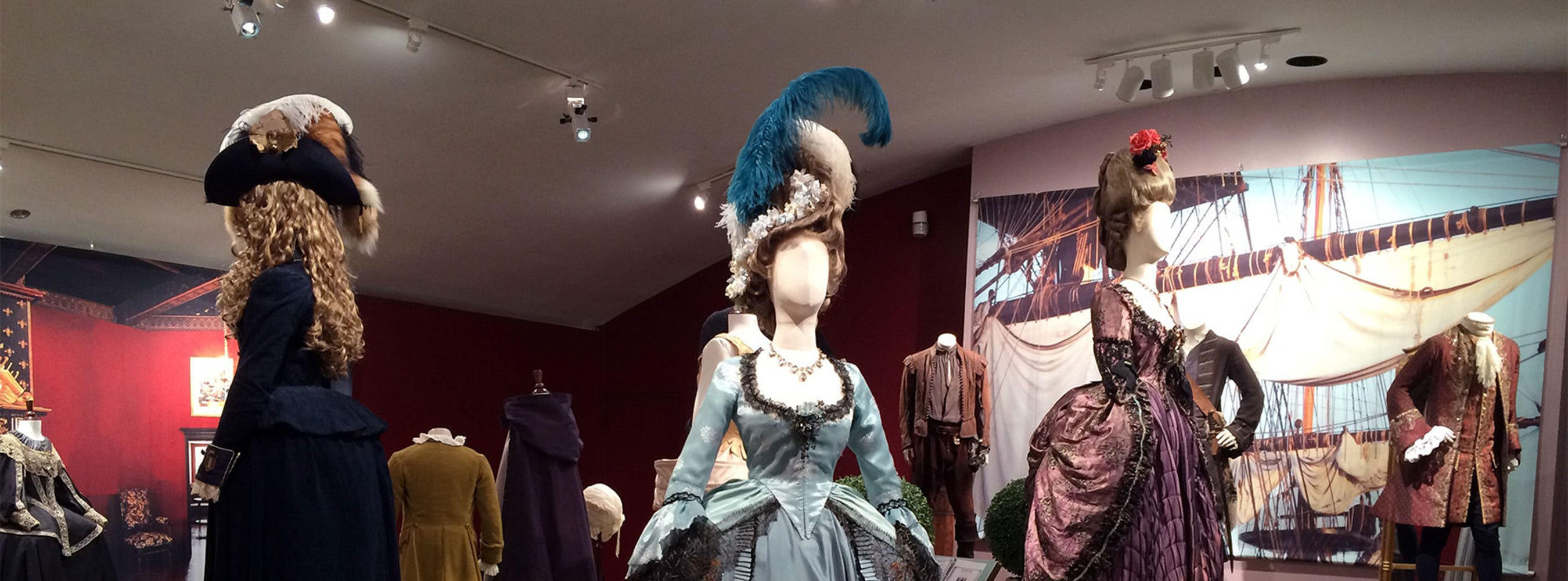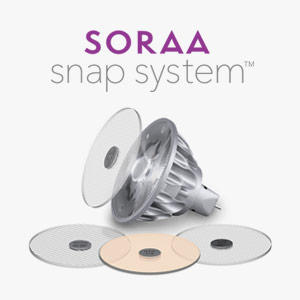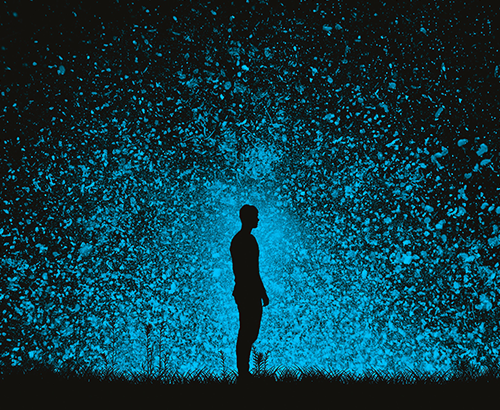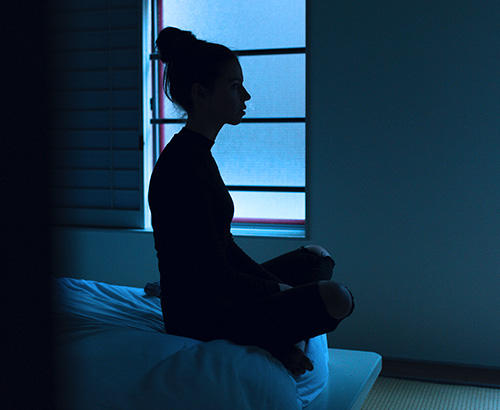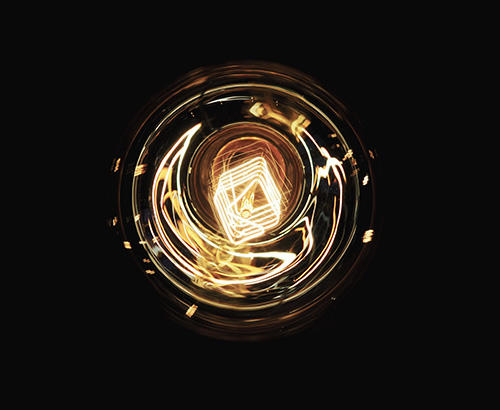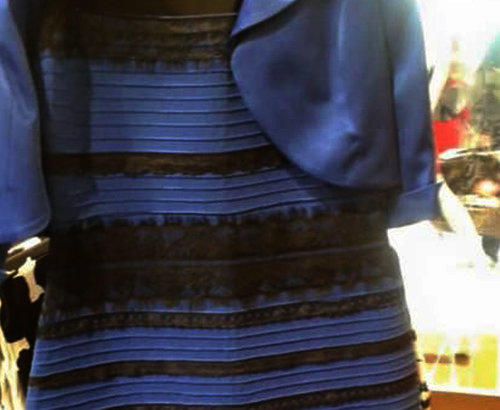SORAA Snap System Makes Lighting A Snap
August 2016 - by Nancy Goldstein, Principal, Light Positive
I like this
My background is in theatrical lighting, where we have hundreds of rich colors and a good assortment of beam modifiers and diffusion filters available to change the shape, size, edge, and intensity of light. Polyester filters can’t stand up to high-heat halogen light sources over time, but it’s generally easy to replace them in a theatrical environment, as they degrade. These filters were never intended for architectural or museum exhibit lighting; a much smaller selection of glass color and beam modifiers were the only viable choices for a long time. Many were expensive and all were fragile. They were time consuming to install and many fixtures could not accept more than one accessory at a time.
When my team and I started lighting exhibits for the Heritage Museum and Gardens in 2013, these were the limits of my designer’s toolbox. In 2015, that all changed. The Museum was mounting a new Wyeth exhibit and wanted to purchase new fixtures with LED sources and they came to me for my recommendation. Certainly, there were many high quality, integral LED track heads available that I could have chosen, but changing a fixture’s beam spread would have required changing the optics inside the track head. Not a great time saver, or something that I could reasonably expect museum staff to do without my team’s direction.
The SORAA SNAP System was the perfect answer. We could use one lamp type throughout the Museum (the MR16 10°, 95CRI Vivid Series) and modify beam shape and size as I lit each artwork. No more opening fixtures from atop ladders or scaffolding, and no more struggling to insert glass lenses in tight halogen track heads. No more broken glass when they fell to the floor! We could even stack the SORAA SNAP magnetic lenses to get the exact effects we wanted.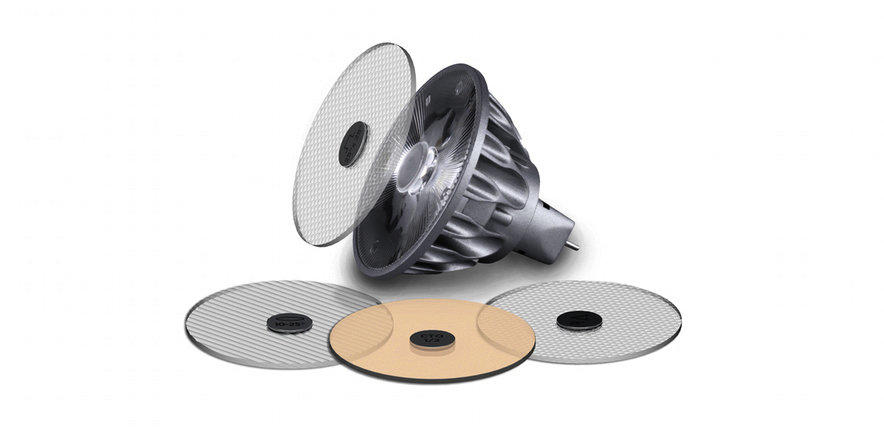
And here’s a little trick – you can sandwich a thin, 2” round, polyester theatrical color filter between the SORAA lamp and a SNAP lens. This was critically important to us when lighting the Wyeth exhibit, as we had to adhere to very strict illuminance guidelines. We were able to use several different neutral density filters to “dim” light output as needed in a non-dimming gallery. With a box full of SNAP lenses and pre-cut theatrical neutral density filters, we moved quickly through the exhibit and achieved the best possible results.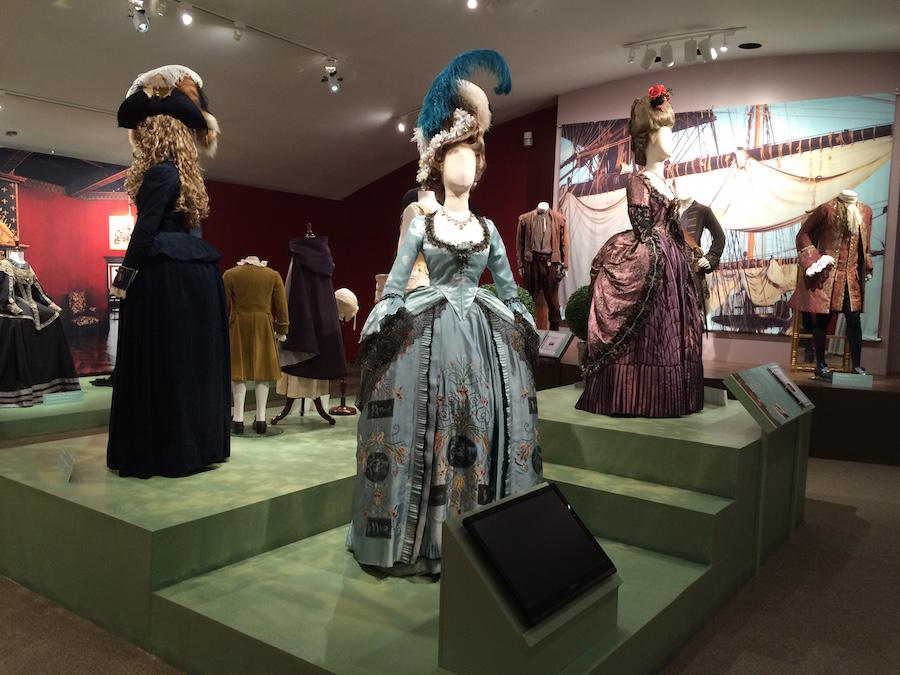 Current exhibit; photo courtesy of Heritage Museums & Gardens. CUT! Costume and the Cinema is organized by Exhibits Development Group, USA, in cooperation with Cosprop, Ltd., London, England.
Current exhibit; photo courtesy of Heritage Museums & Gardens. CUT! Costume and the Cinema is organized by Exhibits Development Group, USA, in cooperation with Cosprop, Ltd., London, England.
There had been many halogen lamp burnouts over the course of the Museum’s 7-day, April-October public season in the past. When a lamp needed to be changed, it might or might not have been replaced by one with the same specified beam angle—and that negatively impacted an exhibit’s look after my team and I were gone. The simplicity of using only SORAA LED lamps (the SORAA lamp is only used in one gallery, not throughout the Museum) with easily replaceable beam spreaders and modifiers changed all that, and now makes the museum staff’s exhibit maintenance responsibilities a SNAP!
